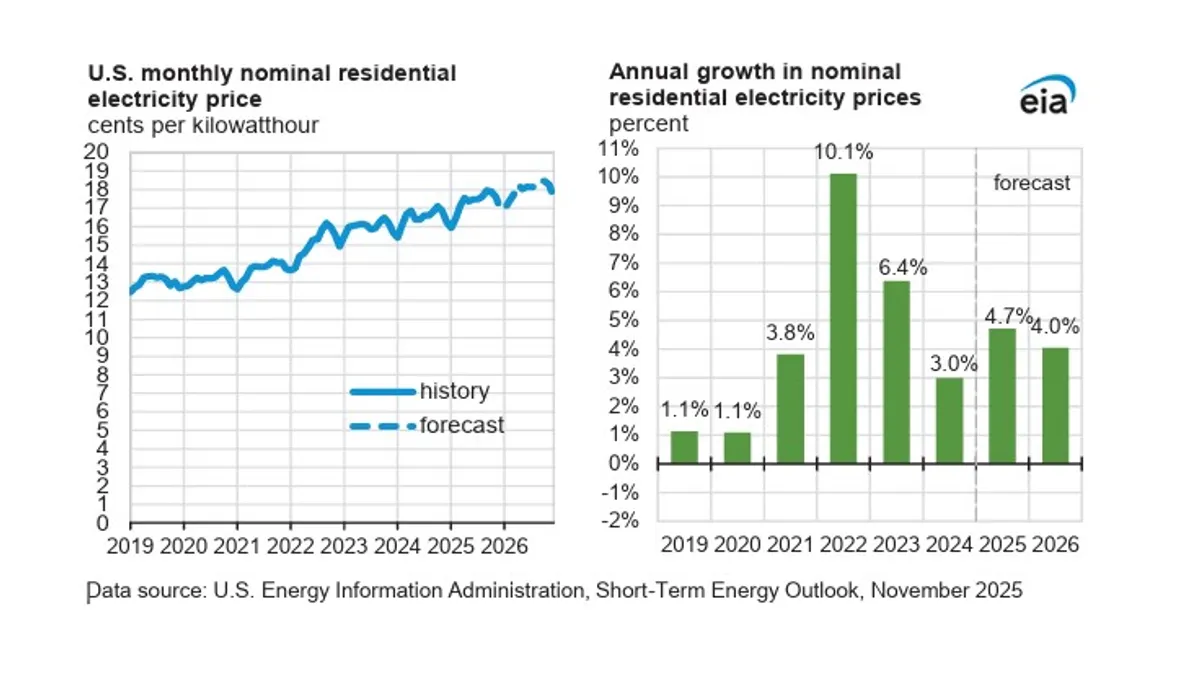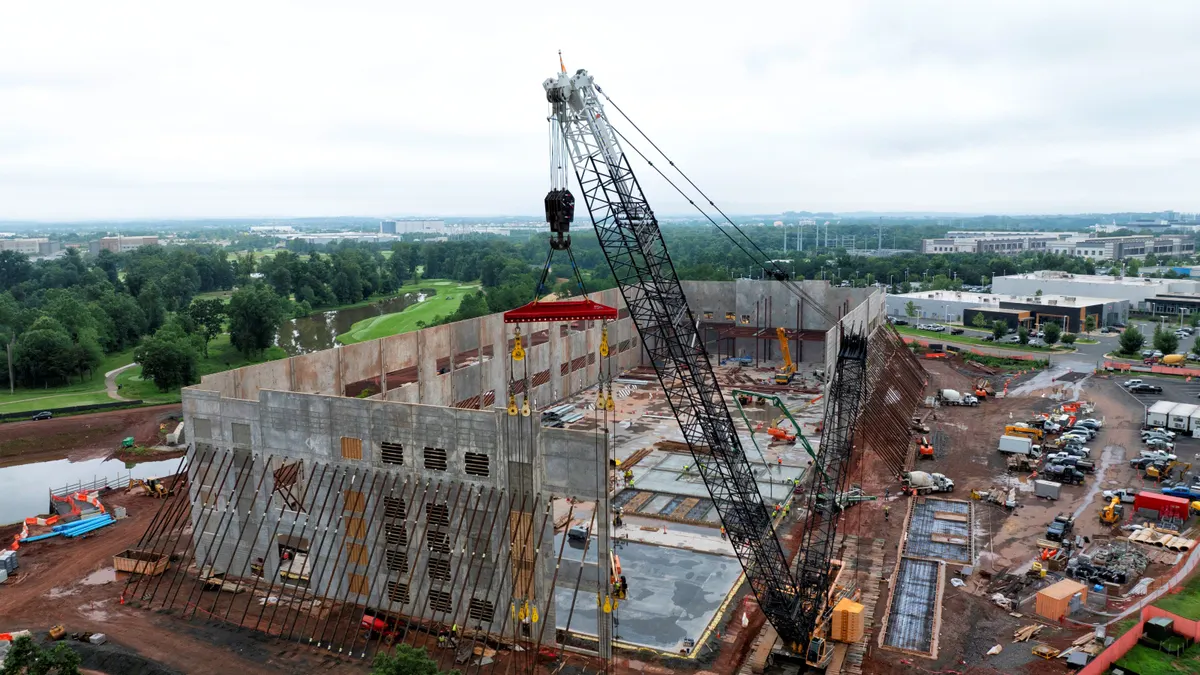After finding a “data mismatch,” the North American Electric Reliability Corp. on Tuesday said the Midcontinent Independent System Operator’s reliability risk wasn’t as bad as reported by the grid watchdog in a December assessment.
“When reanalyzed with the corrected data, the MISO footprint was reclassified as an ‘elevated risk’ over the next few years, shifting to ‘high risk’ in the 2028–2031 timeframe, depending on new resource additions/retirements,” the reliablity watchdog said in a statement.
Elevated risk means an area meets resource adequacy criteria but under extreme weather conditions remains likely to experience a shortfall in reserves, NERC said.
In December NERC published its Long-Term Reliability Assessment, concluding that more than half of North America faces a risk of energy shortfalls in the next five to 10 years. While many areas were classified at an “elevated” risk, the report warned MISO faced a “high risk” beginning this year, with energy shortfalls in some areas possible during normal peak conditions.
But at a technical conference on resource adequacy challenges, held earlier this month by the Federal Energy Regulatory Commission, MISO’s market monitor cast doubt on those conclusions.
“I’d love to work with NERC to figure out where they got their numbers from, because I don’t think they’re accurate,” David Patton, president of Potomac Economics, said at the June 5 conference.
According to Patton, NERC understated MISO’s capacity for demand response, behind-the-meter generation and firm capacity imports by more than 8 GW. And it considered possible power plant retirements that have not occurred, he said.
“Following an in-depth review, NERC found that MISO submitted mismatched data, which overstated the near-term energy shortfall risk,” the reliability organization said.
The grid operator is exploring the cause for the mismatched data, it said. “We are in close contact with NERC and will provide an update as we learn more,” MISO said in a statement.
NERC said that “while this data mismatch went unnoticed by MISO and the Midwest Reliability Organization that initially collects and vets the data, NERC is ultimately responsible for ensuring the accuracy of its independent reliability assessments and is working to improve its review process. ... Going forward, NERC, MRO and MISO are all committed to improving the data validation process to ensure accuracy.”
A corrected version of the 2024 LTRA will be posted soon, NERC said. The data error did not have an impact on the 2025 Summer Reliability Assessment, released in May, NERC added.
The MISO region has less supply capacity than it did last summer, according to the May report. MISO officials expect peak demand may reach nearly 123 GW, but say there is about 138 GW of regularly available generation expected across the operating footprint.
Market monitor Patton said he is glad to see NERC will be reviewing its processes for future reports, but he has broader questions about the assessment.
“Regarding the reclassification, I question NERC’s benchmark,” Patton said in an email. “The question is: MISO’s risk is ‘elevated’ compared to what? It is exceeding its 1-in-10 reliability criteria and has among the largest interface capability with neighboring areas in the country that provides flexibility during extreme events. I would classify it as moderate to low risk.”
“The risk that an RTO may be short of reserves during extreme events does not indicate an elevated or high risk,” Patton added. “This is expected in well-functioning competitive electricity markets.”
Editor’s note: This story has been updated to include comments from David Patton, president of MISO market monitor Potomac Economics.















